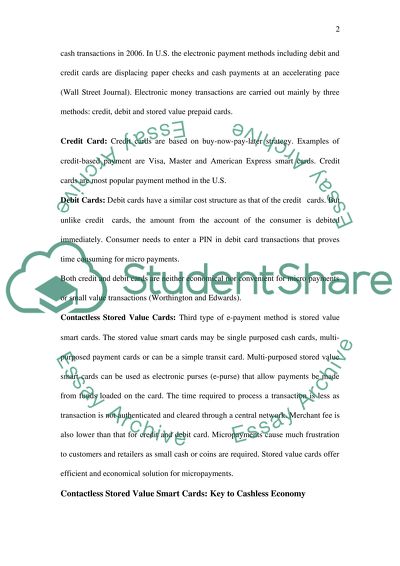Cite this document
(“Secondary market research or customer analysis on Octopus Card (a Essay”, n.d.)
Retrieved from https://studentshare.org/miscellaneous/1552983-secondary-market-research-or-customer-analysis-on-octopus-card-a-product-from-hong-kong
Retrieved from https://studentshare.org/miscellaneous/1552983-secondary-market-research-or-customer-analysis-on-octopus-card-a-product-from-hong-kong
(Secondary Market Research or Customer Analysis on Octopus Card (a Essay)
https://studentshare.org/miscellaneous/1552983-secondary-market-research-or-customer-analysis-on-octopus-card-a-product-from-hong-kong.
https://studentshare.org/miscellaneous/1552983-secondary-market-research-or-customer-analysis-on-octopus-card-a-product-from-hong-kong.
“Secondary Market Research or Customer Analysis on Octopus Card (a Essay”, n.d. https://studentshare.org/miscellaneous/1552983-secondary-market-research-or-customer-analysis-on-octopus-card-a-product-from-hong-kong.


